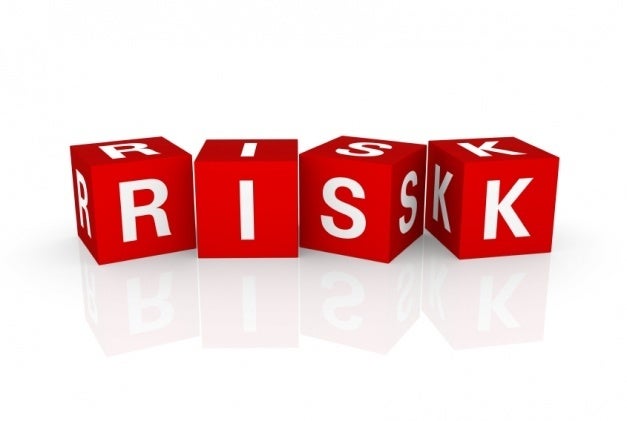We all know the story, we need to validate a process/equipment/software so let’s use a risk based approach to apply scientific rationale and just test the components that are critical and key to enhancing patient safety and product quality.
In reality performing a successful quality risk management approach is very difficult and often leads to “Let’s just test everything”.
So why are risk assessments so difficult to get right? Below are some of the key reasons why.
1. Fear of Resistance
People do not like the unkown and putting their head on the chopping block for something that appears to be subjective.
2. Commitment
Often commitment from senior management is limited they just want to see action.
3. SOP’s
Has to be in-built to company policy but often SOP’s are not detailed enough or more often too complicated to follow.
4. Lack of Control
More often than not a tool such as MS Excel is used which is hard to control and maintain accurately.
5. Critical Aspects
Critical aspects are not focused on.
6. Incorrect Tool Used
The incorrect risk process is used (FMEA, HAZOP, FTA etc)
7. Subjectivity
A lot of subjectivity and uncertainty.
8. Availability
SME’s not available or don’t want to take a risk.
9. Scoring
Scoring systems are subjective.
10. Results of Score
What does a certain score actually mean?
11. Challenge of Controls
Insufficient challenging of the controls.
12. Translating Output
Difficult to translate output to a validation protocol.
13. Consistency
Lack of consistency to determine risk scores.
14. Personal Opinions
Judgement based on individual, personal impressions, feelings and opinions rather than external facts.
15. Complicated Forms
Risk assessment forms are long and difficult to fill out.
16. Hard to Collaborate
Collaboration on assessments is difficult – SEM’s always too busy.
17. Everything is High
Easy to say everything is high risk – Cover your back syndrome.
18. Bite-size Chunks
Inability to break down complex process into simple manageable units.
19. No Facilitator
No facilitator or independent entity to manage the process.
20. Too Many Cooks
Too many contributors that don‘t add value.
21. Lack of Training
Lack of training on how to successfully perform a risk evaluation.
22. Challenge Assumptions
Inability to challenge assumptions.
